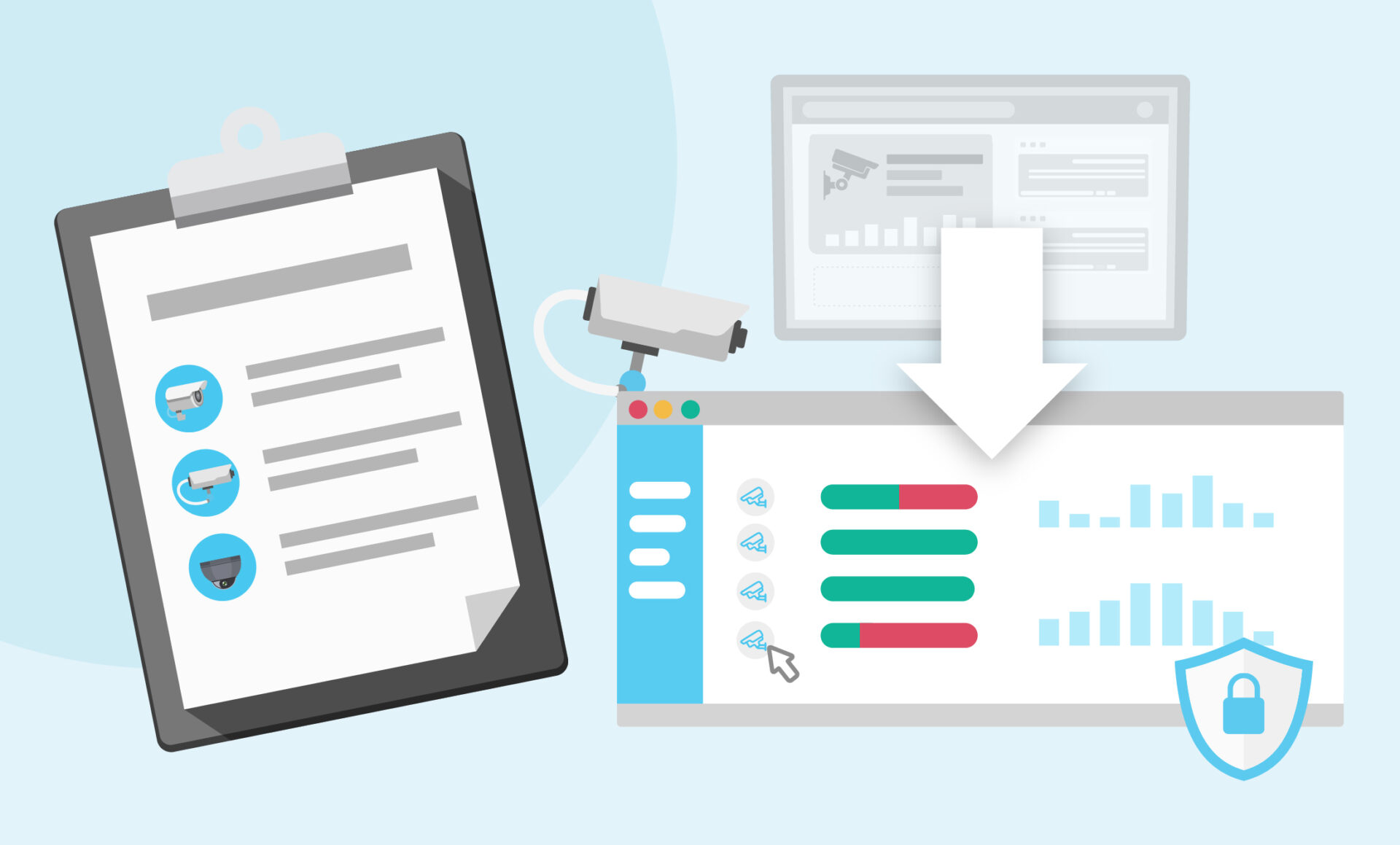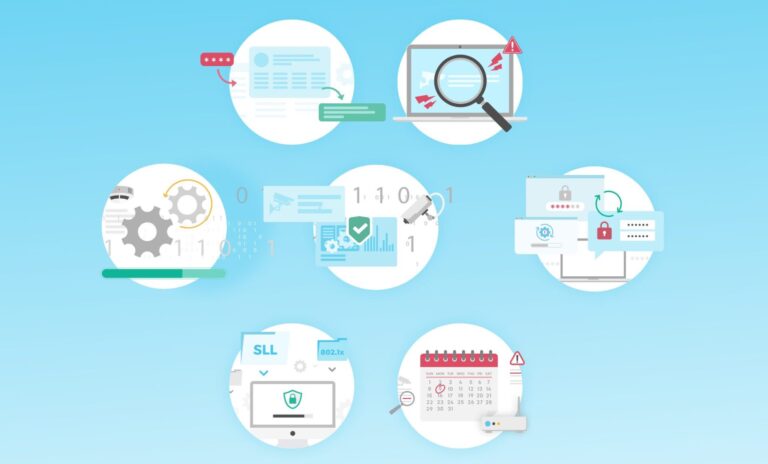
Congratulations on your new VMS! It’s exciting – but the transition can be daunting. With the migration of thousands of mission-critical devices, including cameras, encoders, and sensors, it can be challenging to stay up and running.
These eight steps can help keep your devices operational as you migrate:
1. Know what you have: Inventory validation
It’s critical to ensure that all devices are accounted for before migration. Do a real-time, comprehensive inventory of all connected devices in order to prevent unexpected disruptions.
2. Know that it’s working: Device health monitoring
All your devices should be fully operational before, during, and after migration. Continuously monitor device health, connectivity, and performance so you can identify potential issues before they can impact the migration.
3. Stay compliant: Up-to-date configurations and firmware
Different VMS platforms may require different firmware versions, security settings, or configurations. Implement all firmware updates and enforce configuration consistency to ensure all devices meet compatibility requirements for your new VMS.
4. Stay secure: Cyber protection and threat mitigation
A VMS transition can introduce temporary security gaps, such as unprotected endpoints or outdated device configurations. Identify vulnerabilities and enforce security policies, reducing the risk of cyberattacks during the migration.
5. Assess system readiness
Before cutting over to the new VMS, you need a clear assessment of system readiness. Make sure you validate device connectivity and operational status and log discrepancies to minimize post-migration surprises.
6. Assess and resolve issues
Large-scale migrations can cause unexpected device failures due to software updates, misconfigurations, or compatibility issues. Diagnose and resolve issues remotely, reducing manual troubleshooting and downtime.
7. Control costs during the transition
Without proactive monitoring, IT and security teams may need to spend many hours they don’t have checking and fixing devices during the transition. Use automation to reduce manual tasks, minimize truck rolls, and prevent downtime, leading to a more cost-effective transition.
8. Control costs going forward
Even after the transition, maintaining long-term device health, security, and compliance is essential. Continually monitor and optimize device functionality in order to prevent operational issues with your new VMS.
Transition without turbulence
Using a physical security device management system like SecuriThings before your VMS migration gives you a high level of visibility and sets you up for success:
- Get insights into all the device configuration details
- Monitor device health in real time
- Identify and remediate issues before they escalate
- Track the status of your project
The result? You’ll hit your project completion deadline with all of your devices fully operational – no unpleasant surprises. Enjoy a smoother migration in the short term and increased operational efficiency in the long term.
Contact [email protected] to learn more.




